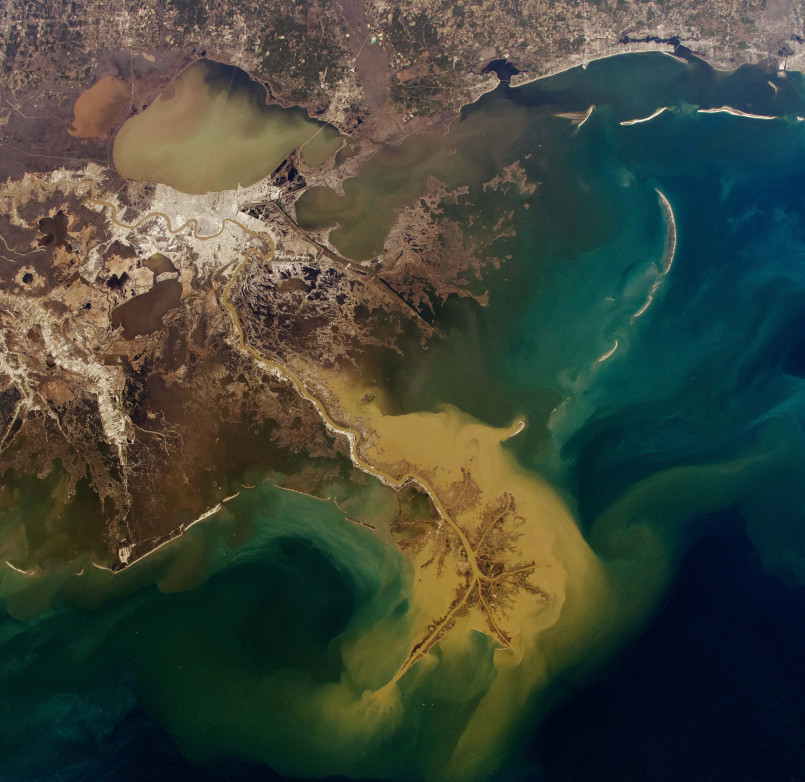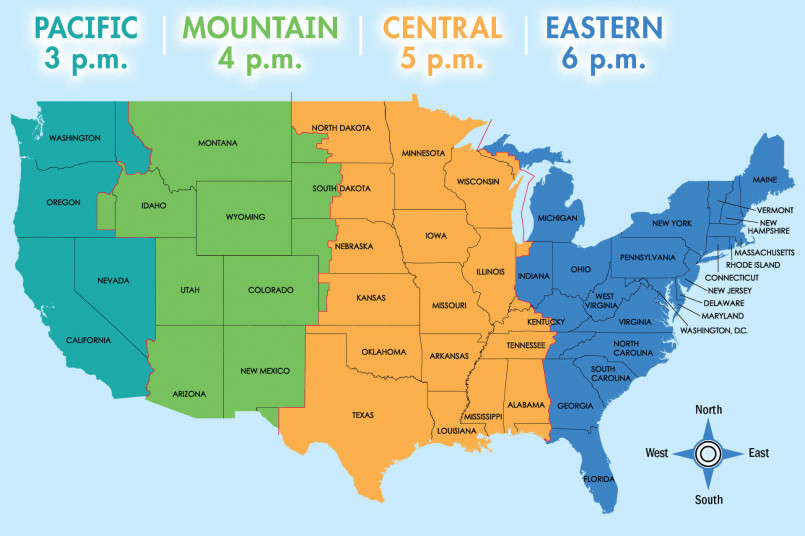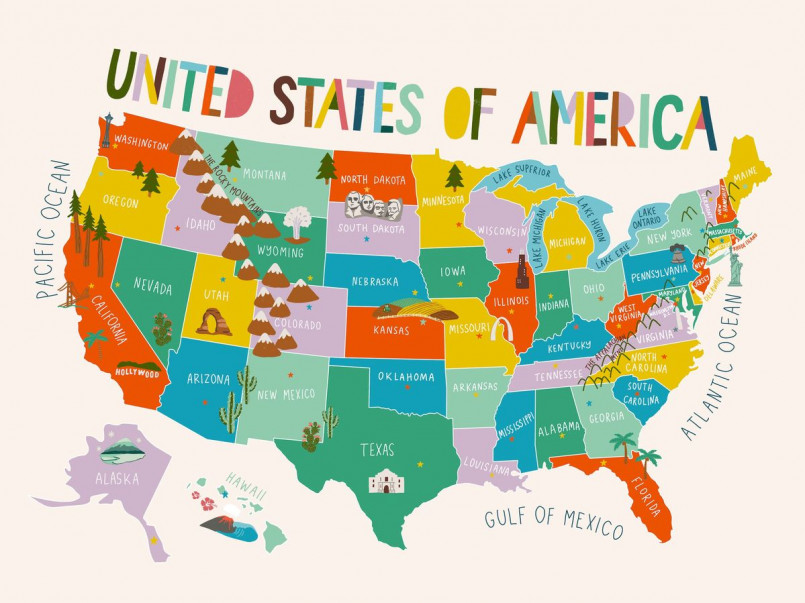Florida's iconic "Sunshine State" nickname has a fascinating origin story involving marketing campaigns, agricultural prosperity, and an abundance of sunny days that transformed the state into a premier tourism destination. But does Florida truly deserve this radiant title?
When you think of Florida, images of sun-drenched beaches, swaying palm trees, and endless blue skies likely come to mind. It's no coincidence that Florida is widely known as "The Sunshine State" - a nickname that has become inseparable from the state's identity and global appeal. But how and when did Florida earn this radiant moniker, and does the state truly live up to its sunny reputation?
Florida's relationship with sunshine has shaped everything from its tourism industry to its agricultural success, making the nickname far more than just a catchy slogan on license plates. Let's explore the fascinating story behind why Florida bears this luminous title and how it continues to influence the state's development.
Origin of Florida's Sunshine Nickname
Florida's "Sunshine State" nickname wasn't always official. The sunny moniker gained popularity in the late 1800s and early 1900s as Florida began developing its tourism industry. The nickname was strategically employed by early developers and promoters who recognized the marketing potential of Florida's climate.
However, it wasn't until 1970 that "The Sunshine State" became Florida's official nickname when the state legislature included it on license plates. Before this official designation, the nickname had already been widely used in tourism materials and promotional campaigns for decades.
The railroad magnate Henry Flagler played a significant role in popularizing Florida as a sunny paradise. In the late 19th century, Flagler developed luxury hotels and extended railroad lines down Florida's east coast, marketing the region's warm climate to wealthy northerners seeking escape from harsh winters.

Early promotional materials emphasized Florida's health benefits, suggesting that the abundant sunshine provided natural healing properties. Advertisements portrayed Florida as a place where the sun shines nearly every day, creating an irresistible image for vacation-hungry Americans and establishing the foundation for Florida's enduring nickname.
Does Florida Truly Deserve the Title?
While Florida's sunny reputation is well-established, meteorological data reveals some interesting nuances. Florida receives an average of 237 days of sunshine per year, which is certainly impressive but doesn't actually place it as the absolute sunniest state in the nation.
Cities like Miami and Key West do enjoy approximately 70% of possible sunshine throughout the year, but several western states-including Arizona, Nevada, and parts of California-actually receive more annual sunshine hours than Florida. However, what sets Florida apart is the combination of sunshine with its humidity and subtropical climate, creating that distinctive warm, balmy atmosphere tourists crave.
Florida's sunshine is also remarkably consistent year-round. Even during winter months, when northern states experience minimal daylight and frigid temperatures, Florida continues to offer generous amounts of sunshine and warmth. This winter sunshine has been particularly valuable for the state's tourism industry, drawing "snowbirds" from colder regions.
It's worth noting that Florida's sunshine comes with a significant trade-off: the state experiences frequent afternoon thunderstorms, particularly during summer months. The central and southern regions can see over 80 thunderstorm days annually, among the highest frequency in the United States. However, these storms are typically brief, often followed by a return to sunshine.
Sunshine Impact on Florida's Economy
Florida's abundant sunshine has been a powerful economic engine that drives multiple industries. Tourism, the state's largest economic sector, relies heavily on Florida's sunny reputation to attract over 100 million visitors annually who contribute more than $90 billion to the state economy.
Beyond tourism, Florida's sunshine has fueled a robust agricultural industry. The state is the nation's top producer of citrus, with oranges, grapefruits, and tangelos thriving in the sunny, warm climate. The citrus industry alone contributes approximately $8.6 billion to Florida's economy and supports about 45,000 jobs.

In recent decades, Florida's abundant sunshine has created new economic opportunities in renewable energy. The solar industry has grown substantially, with Florida ranking among the top states for solar potential. Many utility companies are developing large-scale solar installations, while residential solar adoption continues to increase throughout the state.
Real estate development has also capitalized on Florida's sunny image, with property values often directly correlating to proximity to sunny beaches and waterfront areas. Marketing materials for Florida real estate consistently emphasize sunshine and outdoor lifestyle as primary selling points.
Other States That Rival Florida's Sunshine
While Florida proudly claims the "Sunshine State" title, several other states actually receive more annual sunshine based on meteorological measurements. Arizona leads the nation with cities like Yuma receiving sunshine during 90% of daylight hours, making it technically the sunniest city in the United States.
Nevada, particularly Las Vegas, receives approximately 210 clear, sunny days annually. New Mexico, particularly in its southern regions, enjoys more than 280 sunny days per year. California's desert regions, including Palm Springs, experience over 350 sunny days in a typical year.
Despite these competitors, Florida retains its sunshine nickname for several compelling reasons. Unlike many western states where sunshine often comes with arid conditions, Florida offers a unique combination of sunshine, humidity, and proximity to water that creates its distinctive tropical feel.
Additionally, Florida's sunshine is distributed more evenly throughout the year, making it a reliable destination even during winter months. Many western states with high sunshine totals experience significant seasonal temperature variations that can make winter visits less appealing.
Sunshine in Florida's Culture & Identity
The "Sunshine State" nickname has thoroughly permeated Florida's cultural identity. From the state flag's bright imagery to the ubiquitous orange symbol found throughout Florida's visual branding, sunshine influences nearly every aspect of the state's self-representation.
Florida's architectural styles reflect this sunshine-centered identity with widespread use of open spaces, large windows, and indoor-outdoor living areas designed to maximize natural light. From the Art Deco buildings of Miami Beach to modern homes throughout the state, architecture tends to embrace rather than shield from the sun.
The sunshine mentality has also shaped local lifestyle, with Floridians embracing outdoor recreation throughout the year. The state boasts more golf courses than any other state, and water-based activities from fishing to boating are central to the local culture rather than merely seasonal pursuits.

Even Florida's fashion sense reflects its sunny identity, with light colors, breathable fabrics, and casual styles dominating local wardrobes. Businesses throughout the state frequently incorporate sunshine imagery into their logos and marketing materials, reinforcing the state's bright reputation.
Fun Sunshine Facts About Florida
Florida's relationship with sunshine has generated some fascinating trivia. The state is home to dozens of communities with sun-themed names, including Sunrise, Sunset, Sunshine City, and Sun City, demonstrating how deeply the sunshine concept is embedded in local identity.
Cape Canaveral was selected as the nation's primary spaceport partly due to Florida's abundant clear days, which provided optimal launch conditions. NASA continues to benefit from Florida's sunshine, with weather-related launch scrubs occurring less frequently than would be expected at alternative locations.
Florida's state song, "Old Folks at Home" (also known as "Swanee River"), doesn't actually mention sunshine - a curious omission given how central sunshine is to Florida's identity. However, the state's unofficial anthem, "Shine on Florida Moon," celebrates the state's luminous qualities.
Researchers have found that Florida's abundant sunshine affects resident psychology, with studies suggesting Floridians report higher levels of life satisfaction during sunny periods. This "sunshine effect" on mood is one reason many retirees choose Florida as their destination.
Florida law includes unique "sunshine laws" requiring government meetings to be open and accessible to the public - an interesting parallel to the state's physical sunshine. These transparency regulations are considered among the most comprehensive in the nation.
Frequently Asked Questions About Why Florida Is Called the Sunshine State: History, Facts & Surprises
Is Florida actually the sunniest state in America?
No, Florida is not technically the sunniest state. Arizona, Nevada, and parts of California all receive more annual sunshine hours than Florida. However, Florida's combination of sunshine with humidity and its consistent sun even during winter months sets it apart and helped establish its "Sunshine State" nickname.
When did Florida officially become known as the Sunshine State?
While the nickname was used informally since the late 1800s in tourism promotions, "The Sunshine State" became Florida's official nickname in 1970 when the state legislature approved adding it to license plates. The nickname had been widely used in marketing materials for decades before becoming official.
Does Florida's nickname affect its economy?
Absolutely. The "Sunshine State" nickname has been crucial to Florida's economic development, particularly in tourism, agriculture, and real estate. The sunshine reputation attracts over 100 million visitors annually, supports the citrus industry, and has recently fueled growth in solar energy production.
What makes Florida's sunshine different from other sunny states?
Florida's sunshine is distinctive because it's paired with humidity and proximity to water, creating a tropical feel unlike the dry sunshine of western states. Florida also offers relatively consistent sunshine throughout the year, including winter months when northern states experience minimal daylight.
How many sunny days does Florida actually get?
Florida averages about 237 sunny days per year, though this varies by region. South Florida cities like Miami and Key West receive approximately 70% of possible sunshine hours annually, while northern areas like Tallahassee get about 58%. Summer months typically see brief afternoon thunderstorms, particularly in central and southern regions.
Are there any downsides to Florida's sunshine?
Despite its sunny reputation, Florida faces some sunshine-related challenges. The state has among the highest skin cancer rates in the nation, experiences frequent afternoon thunderstorms (especially in summer), and the intense sun accelerates deterioration of buildings and vehicles. Florida also faces increasing concerns about extreme heat events due to climate change.






